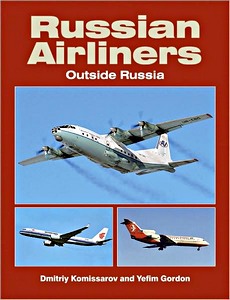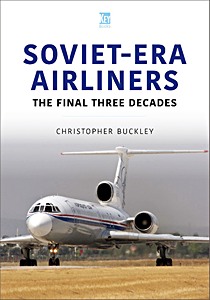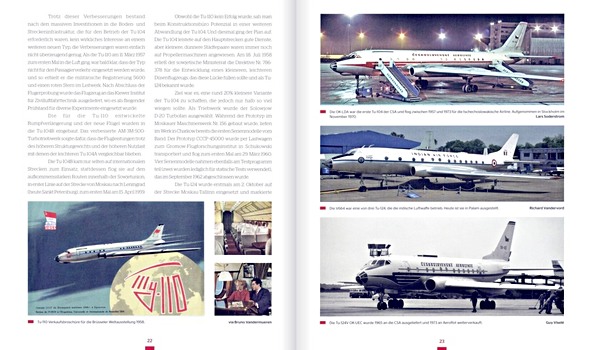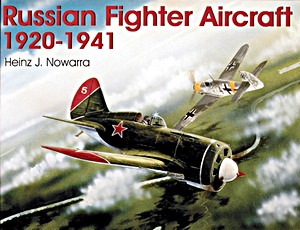Aeroflot - Fly Soviet
Despite the borders of the USSR being closed to majority of its population, Soviet citizens were among the world's most frequent flyers.
This book unfolds the story of Soviet air travel, from early carriers like Deruluft and Dobrolet, to the enigmatic Aeroflot. Organised like an Air Force, with a vast fleet of aircraft and helicopters, Aeroflot was the world's biggest air carrier of passengers and cargo, responsible for a wider range of duties than any other airline.

Aeroflot - Fly Soviet uses beautiful graphic ephemera to illustrate a parallel aviation universe that existed for 70 years, from the very beginning of the USSR through to its demise in 1991.
Detalle del libro
| Autor: | Bruno Vandermueren |
|---|---|
| Presentación: | 240 páginas, 20.5 x 12.5 cm, tapa dura |
| Ilustración: | ricamente ilustrado con fotos en b/n y color |
| Editorial: | FUEL Prublishing (GB, 2021) |
| ISBN: | 9781916218468 |
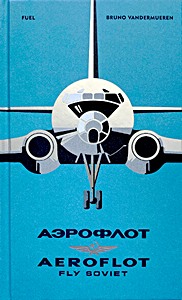
Aeroflot - Fly Soviet
Idioma: Inglés
Disponible en Amazon - pago segura y entrega rápido
Comprar en Amazon ESComprar en Amazon.com


